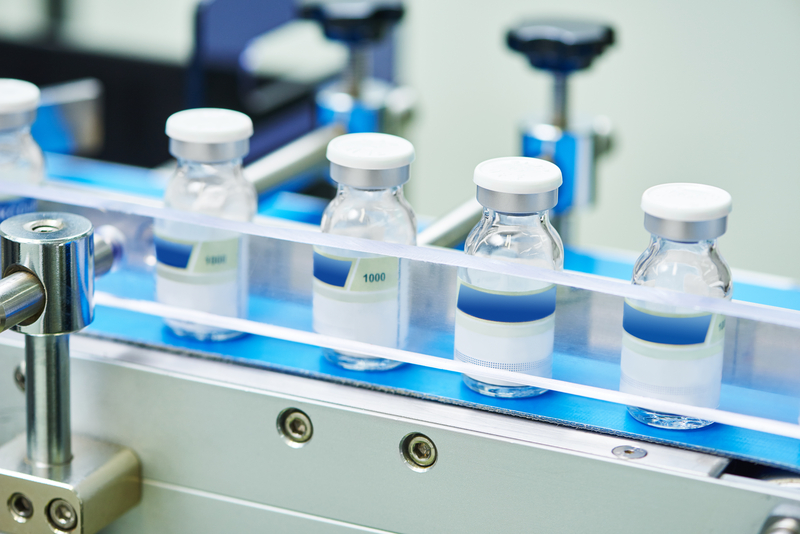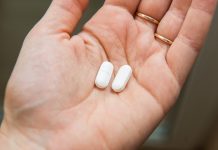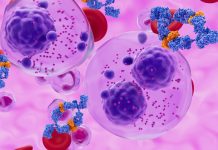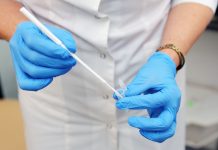EUCOPE’s Dr. Alexander Natz and Dr. Oliver Sude discuss the role small to medium-sized innovative companies can play in developing the pharmaceutical sector
The European Confederation of Pharmaceutical Entrepreneurs (EUCOPE) is Europe’s principal trade body for small to medium sized innovative companies working in the field of pharmaceuticals. Via its company members and national member associations such as the British Ethical Medicines Industry Group (EMIG), the German Pharmaceutical Industry Association (BPI), BioDeutschland, the Pan-Hellenic Union of Pharmaceutical Industries (P.E.F.) and France Biotech, EUCOPE represents more than 900 member companies in Europe (full members list).
EUCOPE membership includes family owned (bio) pharmaceutical companies such as B.Braun, Biotest, Ferring, Grifols, Norgine, and Vianex as well as many companies active in the field of rare diseases, such as Achillion, Actelion, Alexion, Ariad, Biogen, BioMarin, Celgene, CSL Behring, CTRS, Intercept, Medac, Orphan Europe, Otsuka, PTC, Sarepta, SOBI, and Vertex. This EUCOPE Orphan Medicinal Products (OMP) Working Group is the voice of innovative (bio ) pharmaceutical companies with their unique dedication to orphan diseases.
EUCOPE membership includes family owned (bio) pharmaceutical companies such as B.Braun, Biotest, Ferring, Grifols, Norgine, and Vianex as well as many companies active in the field of rare diseases, such as Achillion, Actelion, Alexion, Ariad, Biogen, BioMarin, Celgene, CSL Behring, CTRS, Intercept, Medac, Orphan Europe, Otsuka, PTC, Sarepta, SOBI, and Vertex. This EUCOPE Orphan Medicinal Products (OMP) Working Group is the voice of innovative (bio ) pharmaceutical companies with their unique dedication to orphan diseases.
It is widely acknowledged that small and medium enterprises contribute significantly to the development of the innovative pharmaceutical industry. At the same time, this part of the pharmaceutical industry faces considerable challenges. This particularly holds true for OMP dedicated companies. Companies investing in highly innovative therapies targeting rare diseases are both at the forefront of (bio) pharmaceutical research, yet also at the forefront of debates relevant to patient access, healthcare rationing, and reform. Significant challenges exist for these therapies in achieving swift and predictable regulatory authorisation, funding, and ultimately access for patients.
Very often, such companies have only one or two products in the market and are therefore not able to diversify due to their focused business model. Consequently, these companies are highly dependent on stable regulatory and HTA frameworks, which need to sufficiently differentiate between the different types of industries and their needs:
- Rare disease research has a high grade of complexity due to a limited number of patients which can lead to a lack of investment in R&D (higher cost per patient for development). Thus, investing in R&D of OMPs bears a higher risk to investors.
- Expenditure for rare diseases is only a minimal fraction of the total drug expenditure in the EU. However, national availability of authorised OMPs is uneven due to different pricing and reimbursement systems and societies’ willingness to pay.
- Due to OMPs specificities, pricing/ reimbursement decisions should not be based on traditional cost-effectiveness analysis (CEA). The traditional HTA approach cannot fully capture the value of OMPs.
- The OMP designation underlines that there is a significant clinical benefit, which should not be put in question in HTA procedures. Any HTA decision needs to take into account the social value, severity of the disease, and unmet medical need rather than focussing on CEA only.
As far as the regulatory framework at EMA level is concerned, the incentives defined in the Orphan Drug Regulation (EC) 141/2000 have stimulated research and development of drugs to treat rare conditions and successfully led to an increase in research investment in this field. Until then, research in the rare disease space was rather low given the limited number of patients and little commercial attractiveness. As a positive result of the OMP Regulation, in 2015, the number of OMPs approved in the European Market was more than 120, providing patients with continuous treatment improvements in various disease areas such as Cystic Fibrosis, Duchene disease, Gaucher disease, Fabry disease, Multiple Myeloma, Leukaemia conditions, etc. Nevertheless, while there is broad consensus among the stakeholders that the OMP Regulation shall remain unchanged, the Commission guidelines that are defining and explaining the criteria that lead to an OMP designation are currently under review.1 The above-cited increased number of OMPs is also a testimony to the fact that these guidelines have overall provided the right level of predictability needed for new OMPs to be authorised. However, given that these guidelines have remained unchanged for several years while the number of OMP designation applications has significantly risen and new regulatory schemes such as adaptive pathways have been introduced, certain adjustments are appropriate. In this context, it is of utmost importance that, during the revision process, the positive results already achieved with regard to the approvals of OMPs in Europe are not being jeopardised through restrictions on the designation and marketing authorisation level.
One of the key points to be reviewed is the concept of significant benefit. The sponsor has to prove this significant benefit in comparison to existing methods when applying for the OMP designation and it will be reassessed during the marketing authorisation procedure for the product in question. The Commission is in particular committed to simplify the procedure for the reassessment of orphan criteria when two authorisation applications are pending in parallel for two OMP designated products. It is important that sponsors should use the opportunity to take advice at protocol assistance to identify the relevant comparators to be used to develop clinical trial data. Moreover, predictability is needed and any new marketing authorisation granted after the authorisation process of the first product has started should not lead to additional data requests. The Commission also indicates in the consultation that for a conditional marketing authorisation, it might not be feasible to confirm orphan designation at the time of marketing authorisation due to the limited data package. This provision, if put in practice, will discourage sponsors from applying for conditional marketing authorisation and may jeopardise the possibility to provide therapies at an early stage to patients with a high unmet medical need. In the context of evolving adaptive pathways policies and practices to ensure patient access to therapies more rapidly, sponsors should be further encouraged to follow these routes.
Altogether, the review of the OMP guidelines should primarily focus on encouraging and enabling research in the field of rare diseases. It is important that criteria for OMP designation and approval are applied in the context of evolving adaptive pathways projects and policies, to ensure a timely patient access to new and innovative therapies.
1 Consultation Document: COMMISSION NOTICE ON THE APPLICATION OF ARTICLES 3, 5 AND 7 OF REGULATION (EC) NO 141/2000 ON ORPHAN MEDICINAL PRODUCTS
Dr. Alexander Natz
Secretary General
Dr. Oliver Sude
Legal Counsel
EUCOPE
Please note: this is a commercial profile











